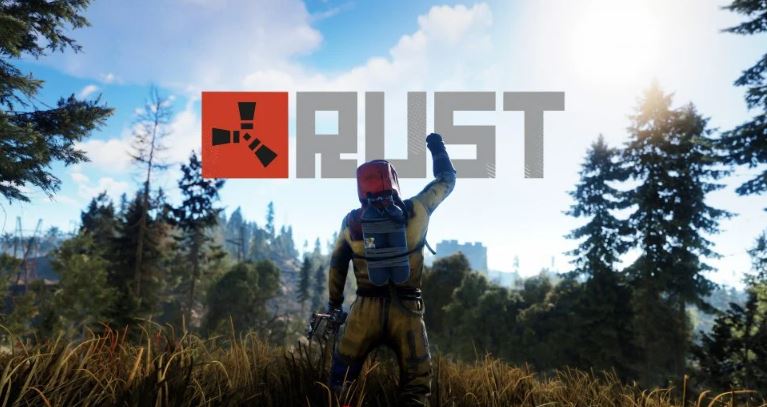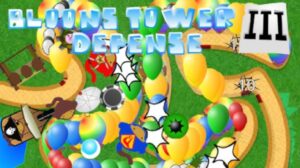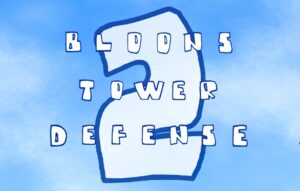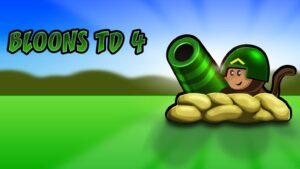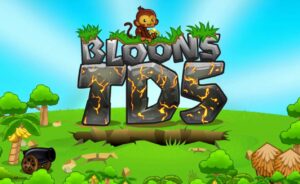It is a multiplayer-only survival game that throws players into a ruthless and lawless wilderness where every encounter could be your last. Developed by Facepunch Studios, Rust combines base building, crafting, PvP combat, and resource management into an intense sandbox experience. With no instructions, your only objective is survival.
Whether you form alliances or go solo, Rust ensures that every playthrough is different. From humble beginnings with just a rock and a torch, players must gather resources, construct shelters, and face off against both the environment and other survivors.
File size
Development and Release of Rust Game
Rust Game was first released in early access in 2013 by Facepunch Studios, the creators of Garry’s Mod. Initially inspired by DayZ and Minecraft, Rust began as a zombie survival game before evolving into its own brutal survival experience.
After years of community-driven updates and feedback, the game officially launched out of early access in February 2018.
Besides, wrapped up your journey in Rust Game? Keep the excitement going strong with Enshrouded, another standout adventure to dive into.
Rust has since grown into one of the most popular and watched survival games on platforms like Twitch and YouTube. With regular content updates, skin systems, and performance improvements, Facepunch has built a title that’s not only engaging but continuously evolving.
Rust is available on PC, and in 2021, console versions were released for PlayStation 4 and Xbox One, expanding the survival battlefield.
Storyline and Setting of Rust Game
There is no formal storyline in Rust Game your story is the one you create. Players wake up naked on a hostile island armed with only a rock and a torch. From there, it’s up to them to survive, scavenge, build, fight, and dominate.
The island is dotted with forests, rivers, monuments, deserts, and decaying structures. Key locations like the Airfield, Train Yard, and Launch Site contain high-value loot but are often hotspots for conflict. These landmark areas, combined with an open-ended sandbox approach, make every server a place of unpredictable narratives.
Game Modes in Rust Game
This game features one core mode: an open-world, multiplayer sandbox. However, the variety comes from different server types:
- Official Vanilla Servers: These offer the base game experience—slow progression, rare loot, and no gameplay modifications. Ideal for hardcore survivalists.
- Community Modded Servers: Thousands of player-run servers offer unique modes, including 10x loot, RP (Role-Playing), No-Kill zones, creative mode, and more. These servers often include custom plugins and maps.
- Mini-Games and Events: Some servers add features like Team Deathmatch zones, Parkour challenges, or PvE missions.
The true diversity of gameplay lies in how players interact and shape their world.
Gameplay Mechanics in Rust Game
This Game blends multiple survival elements with PvP and sandbox construction to form a unique experience:
- Resource Gathering: Players harvest wood, stone, metal, and other materials to craft weapons, tools, and shelters. Efficient gathering is crucial for advancement.
- Crafting System: The game’s robust crafting menu allows players to build everything from spears and furnaces to electricity systems and auto turrets.
- Base Building: One of Rust’s most iconic features is its customizable base system. Players can design elaborate strongholds to defend loot or raid others’ bases for supplies.
- Raiding and PvP: Gunfights, explosive raids, and traps make player-versus-player combat both thrilling and risky. Weapons range from handmade bows to AK-47s and rocket launchers.
- Upkeep and Decay: Bases must be maintained with a Tool Cupboard and sufficient resources, or they will decay over time, leaving you vulnerable.
Furthermore, if the thrill of this game has kept you on the edge of your seat, dive into Pacific Drive for a new adventure filled with even more action-packed moments!
Beginner Tips and Tricks
Starting out in Rust can be overwhelming, so here are some essential tips:
- Start Near the Coast: These areas are safer and offer access to low-tier loot and early-game materials.
- Get Tools Quickly: Gather wood and stone to craft a hatchet and pickaxe. This speeds up resource collection significantly.
- Craft a Sleeping Bag: This acts as your respawn point. Place one early to avoid losing progress.
- Avoid Combat at First: Well-armed players often dominate. Until you’re geared up, focus on survival and stealth.
- Use the Campfire at Night: It offers warmth and allows you to cook food, but remember—it can give away your position.
Few Important Features of Rust Game
Rust includes several standout mechanics that shape its high-stakes survival experience and keep players coming back:
1) Deep Base Building System
The game offers a robust building toolkit that lets players design anything from a small wooden cabin to an elaborate, trap-filled fortress. Strategic placement of doors, walls, turrets, and hidden loot rooms is key.
Bases serve both as protection and a statement of dominance. Every layout can mean the difference between survival and a total wipe.
2) Harsh PvP Combat
Rust thrives on its intense player-versus-player interactions. From ambushes in the forest to coordinated raids on clan compounds, no encounter is truly safe. Weapons range from handmade bows to automatic rifles and C4 charges. Trust is rare, betrayal is frequent and that’s part of the thrill.
3) Monument Exploration
Large in-game monuments such as the Launch Site, Oil Rig, and Military Tunnels offer high-tier loot. However, they are often guarded by powerful NPCs and crawling with rival players. These zones test your combat readiness and coordination. Risk and reward are perfectly balanced in these tense areas.
4) Blueprint and Tech Trees
Crafting powerful gear requires either finding blueprints or unlocking items in the tech tree using scrap. This adds progression and incentive to explore and scavenge. Choosing what to learn first armor, weapons, or utility is a strategic decision. The scarcity of scrap fuels competition and creates player-driven economies.
5) Continuous Development
Rust evolves constantly through regular monthly updates. New features, weapon balancing, quality-of-life improvements, and seasonal events keep the gameplay loop engaging. The developers listen to community feedback closely. This steady support ensures the game remains fresh and relevant over time.
Advanced Combat Techniques
Rust’s advanced players rely on skill and strategy. Here are a few pro tips:
- Strafe in Combat: Movement during gunfights makes you harder to hit. Combine strafing with jumping or crouching for surprise peeks.
- Use Roof and High-Ground Angles: Elevation gives you an advantage in visibility and cover. Build shooting floors for better control.
- Honeycomb Your Base: Layer walls and structures to protect your loot from raiders. This makes it harder for them to find the core.
- Counter-Raid Opportunities: Listen for raid sounds like C4 blasts or rockets. A well-timed ambush can lead to huge loot gains.
- Know Your Recoil: Weapons in Rust have distinct recoil patterns. Mastering these gives you the upper hand in firefights.
Why Rust Game Stands Out
This stands out as one of the most intense and immersive survival games ever created. It delivers pure sandbox freedom allowing betrayal, cooperation, ingenuity, and combat to intertwine in unforgettable ways.
Its strong community, modding support, and relentless PvP environment create a living, breathing world where no two moments are the same. You can rise to power, lose everything in seconds, or script your own story of survival and revenge.
From Twitch moments to hardcore clan wars, Rust remains one of the most talked-about titles in the genre.
System Requirements
To enjoy this Game on PC, ensure your system meets these minimum requirements:
- OS: Windows 10 (64-bit)
- Processor: Intel Core i7-3770 / AMD FX-9590
- Memory: 10 GB RAM
- Graphics: GTX 670 2GB / AMD R9 280
- Storage: 25 GB available space
Rust is not just a survival game it’s a chaotic, player-driven world full of betrayal, alliances, triumphs, and devastating losses. Whether you’re looking to dominate a server or simply survive one more night, Rust offers an experience like no other.
